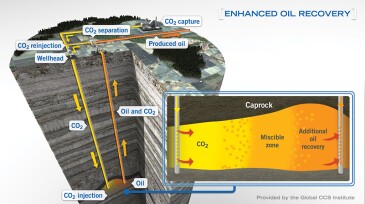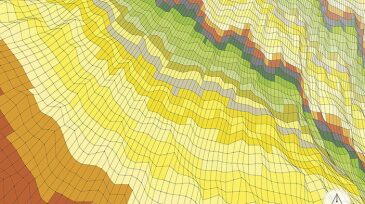Technical Topics
-
This article introduces MRST-co2lab, a free and open-source module in MRST, which can be used to carry out reservoir simulations covering the whole life cycle of a CO2 project.
-
The industry is currently injecting more pore volumes of CO2 than earlier. There is more emphasis on maintaining wellbore conditions and improving sweep efficiency.
-
Pore-to-process simulation concept refers to coupling all production system elements such as reservoir(s), wells, pipeline network, and facilities. Pore-to-process simulation will enable several what-if scenarios evaluation, identify production bottlenecks, and optimize asset oil- and water-production rates.
-
Jet pumps are low-cost items in any application, compared with alternative boosting systems, and can be used effectively to maximize the production performance.
-
Can we extract more value from our models? The answer lies in the tools we use and in our approach to modeling.
-
To develop improved predictive models of complex real-world problems, one needs to pursue a balanced perspective. Ultimately, the physics we know needs to rely on data to unmask the physics that we do not yet know.
-
This column is intended to provide a starting point and a roadmap for professionals who want to learn data science and are struggling with the question, “Where do I start?”
-
It is a myth that blowouts only occur in high-pressure wells. Being able to investigate the blowout and kill potential on every well as part of the well construction process is an opportunity to increase safety awareness among drilling engineers.
-
The industry worldwide has been swayed by the digitization wave. This column previews the multifaceted digital transformation of petroleum engineering from an intradisciplinary perspective, using specific examples from SPE’s seven technical disciplines.
-
An overview of two novel applications of the capacitance model, including its implementation during the primary production period and in gas reservoirs.
Trending Content















